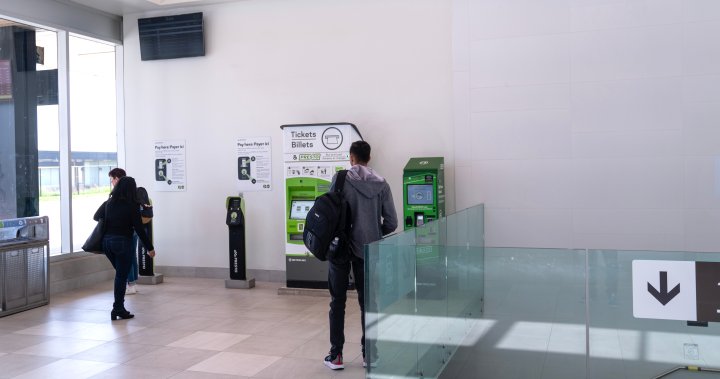ShonTron
Moderator
No wonder there was confusion. That was a very poorly written article.
Isn’t this more on the province? Sounds like two things were (sorta, somewhat) announced close together without a lot of clarity:No wonder there was confusion. That was a very poorly written article.
Ontario Expands Co-Fare Integration to More Municipalities in the GTHA: This news release from November 1, 2023 reveals that the Ontario government is expanding co-fare integration to six more municipalities in the GTHA, namely Brampton, Burlington, Hamilton...
The MTO proposed the Fl-RDF program to eliminate double fares. Customers currently pay a double fare when transferring between the TTC and DRT. For example, a customer connecting to DRT from the TTC or Wheel-Trans will pay a total fare of $6.65; $3.30 vwhen boarding the TTC or Wheel-Trans, and an additional $3.35 (PRESTO standardladult fare) when boarding DRT. Under the FI-RDF
program, the customer would pay a total of $3.30; $3.30 fare paid directly to the TTC or Wheel-Trans, and the MTO would subsidize DRT $3.35 for lost fare revenue, less the PRESTO commission.

“The new provincial funding program introduces free transfers for TTC to GO Transit and TTC to Durham Region Transit, York Region Transit, MiWay and Brampton Transit,” a briefing for the recently-appointed Minister of Transportation said.
The document, obtained using freedom of information laws, predicts people who use the program will save “approximately half of their daily transit costs” when the plan launches.
Those savings are pegged at between $1,575 and $1,770 per rider per year.
A summary of the program’s potential impacts suggests it will lead to “an immediate fare relief option” for almost 160,000 daily trips and could boost ridership by 24,000 people.
The Province is really half-assing “integration” aren’t they.The Report on Fare Integration is headed to next week's TTC meeting:
We know the gist; but the TTC Report has multiple examples of how it will work. Its a little wonky.
The rules for GO will be as they are now w/GO Co-pay in the burbs, you pay the GO Fare, but not the local fare.
But for the trips between local transit authorities, the rule will be that you pay the full fare of your first tap, but none for the second or third if within the 2-hour transfer window.
What this means is that you will pay a higher fare going one way and a lower one the other in many cases where local fares are not aligned.
View attachment 520754
View attachment 520755
View attachment 520756
There are several more examples in the report.
I'm not sure how this is considered half-assing. This removes double fares and means the local transit is now free if GO is used for a leg of the trip. Without re-writing every single local transit agencies fare policy, I'm not sure what else they could have done. There are proposals for zoning that could be pushed forward in the future, but that may require significant changes that can't happen quickly.The Province is really half-assing “integration” aren’t they.
Other regions have managed to have a uniform fare structure between multiple agencies. There doesn’t seem to be any indication the Province is working to that.I'm not sure how this is considered half-assing. This removes double fares and means the local transit is now free if GO is used for a leg of the trip. Without re-writing every single local transit agencies fare policy, I'm not sure what else they could have done. There are proposals for zoning that could be pushed forward in the future, but that may require significant changes that can't happen quickly.
This is a phased approach, there may be more unification in the future.Other regions have managed to have a uniform fare structure between multiple agencies. There doesn’t seem to be any indication the Province is working to that.




